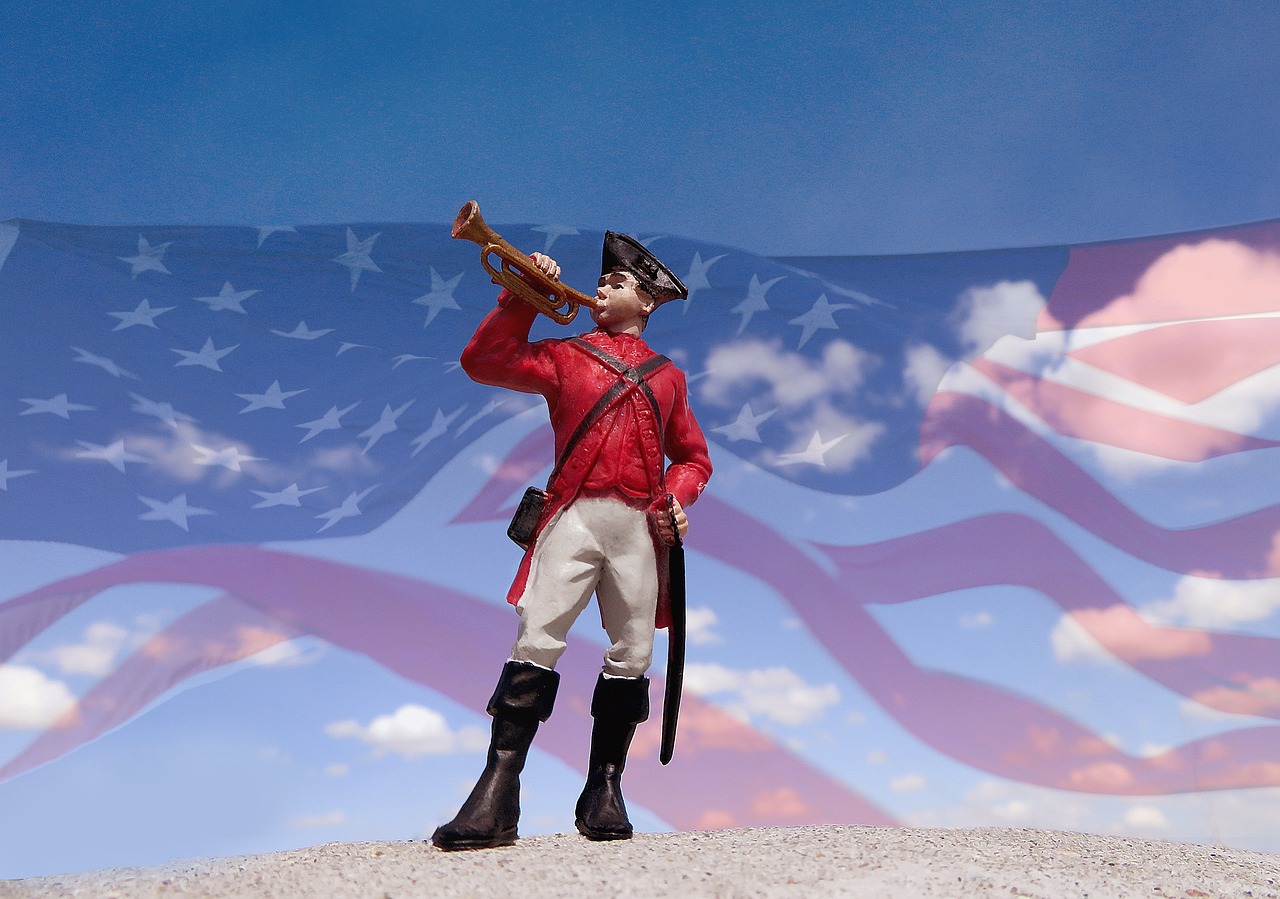By now, nearly everyone would have read or received a story detailing the tragic origin of Taps, one of the most distinctive and emotive of military bugle calls.
Unfortunately, while it is true that the tune was composed at Harrison’s Landing on James River, Virginia in 1862, the tale of a Union soldier who discovered the composition notes when he found his son dead in a Confederate uniform is a complete myth.
Subsequent parts of the tale that state how the son was only granted a single bugler for his burial are also complete fiction.
The tune of Taps is likely to have had its origin in a French bugle tattoo. This was traditionally used to signal the end of the day or lights out. Some versions say that it was adapted from a Scottish bugle tattoo, but most people cite the French version.
Whether French or Scottish, it is agreed that Brigadier-General Daniel Adams Butterfield was the man responsible for the origin of Taps as we know it.
As the head of the Third Brigade, First Division, Fifth Army Corps of the Potomac Army, the Brigadier-General was unhappy with the stentorian tones of the bugle call used to signify the end of a soldier’s day.
He also disliked the customary three rifle volleys that were used to conclude funerals at the end of battles at the time. Taps proved to be a more appropriate ceremony when funerals were held close to enemy camps, which would have made rifle volleys unfeasible.
The Brigadier General adapted the original French (or Scottish) tune with the help of the brigade’s bugler, a man named Oliver Willcox Norton.
It appears the adaptation was successfully completed within a single night. Taps made its debut the very next night as a replacement for the more traditional bugle call.
The tune’s popularity was such that units from both the Union and Confederate sides soon took it up. After the Civil War, it was made an official bugle call.

